I want Live Simply Natural to be a resource to help you feel empowered when making food choices, so I’m breaking down everything you need to know with some of the most common whole food ingredients. Today I’m sharing one of my springtime favorites – PARSLEY!
Produce Guide: Parsley
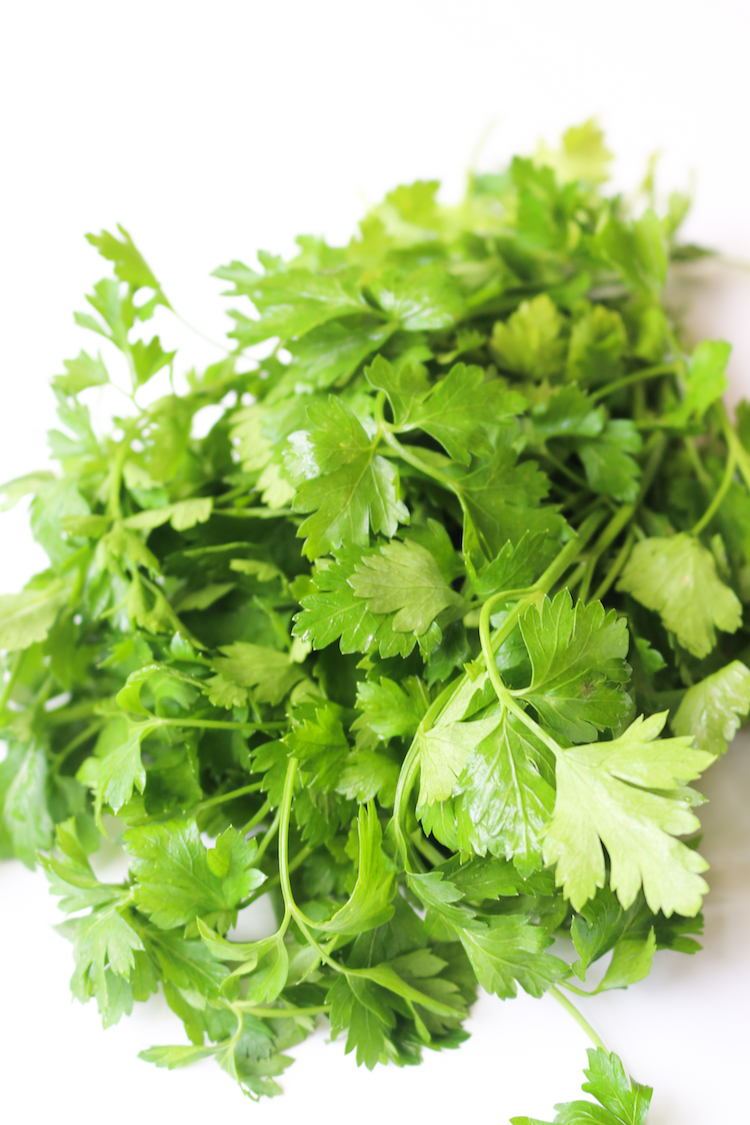 Parsley, while available all year round from the grocery store, spring brings abundant fresh herbs like parsley cilantro, mint, and chives, which grow beautifully during cooler weather. There are two basic parsley types: one with curly, crinkly leaves and the more familiar Italian parsley, which is flat. You can use fresh herbs like parsley in numerous ways for every type of dish: add them to marinades, throw them into salads, purée them into pesto and toss them with pasta or vegetables, to even use them to infuse oils or even flavor ice creams.
Parsley, while available all year round from the grocery store, spring brings abundant fresh herbs like parsley cilantro, mint, and chives, which grow beautifully during cooler weather. There are two basic parsley types: one with curly, crinkly leaves and the more familiar Italian parsley, which is flat. You can use fresh herbs like parsley in numerous ways for every type of dish: add them to marinades, throw them into salads, purée them into pesto and toss them with pasta or vegetables, to even use them to infuse oils or even flavor ice creams.
-
HEALTH BENEFITS
Parsley is one of the most nutritionally dense plant foods and eating it is thought to be a way to detoxify the system and helps purify the blood of harmful compounds like mercury. Some of the health benefits of parsley include controlling cancer, diabetes, and rheumatoid arthritis, along with helping prevent osteoporosis. Furthermore, it acts as a pain reliever with anti-inflammatory properties and also provides relief from gastrointestinal issues such as indigestion, stomach cramps, bloating, and nausea, while also helping to strengthen the immune system. It has twice as much iron as spinach and high levels of fiber that helps move foods through the digestive tract and controls blood-cholesterol levels, while also having a diuretic effect as well. In all, it’s one of the healthiest things you can add to your diet.
NUTRIENT BREAKDOWN OF PARSLEY
*per 1/2 cup raw parsley (source)
- Fiber | 0 g
- Protein | 0 g
- Carbohydrates | 0 g
- Vitamin C | 40 mg (54% DV)
- Vitamin A | 1228 mg (15% DV)
- Vitamin K | 496 mg (554% DV)
- Folate | 48 mg (12% DV)
- Magnesium | 16 mg (4% DV)
- Potassium | 168 g (4 % DV)
- Calcium | 40 mg (4 % DV)
- Iron | 92 mg (10% DV)
-
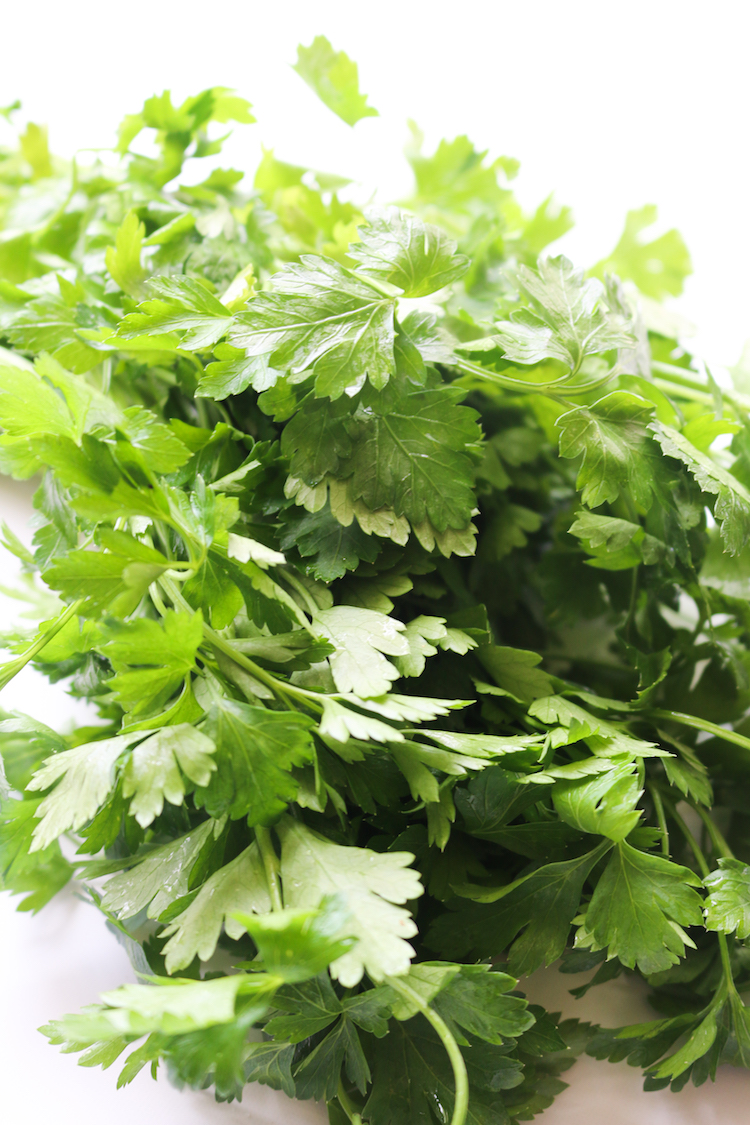
 HOW TO BUY
HOW TO BUY
When shopping for parsley, you should always look for the same things: Leaves should be bright and uniformly colored, with crisp and firm stems. Select herbs that have a fresh, vibrant fragrance, and avoid anything that seems overly moist or smells musty. Make sure that the leaves are not browning or yellowing, and that they are free from small holes. If the leaves show signs of wilting, it is an indication that they have been sitting on the shelf for too long, or were not properly stored. Your best bet for buying fresh herbs and parsley is at a local farmers’ market. If farmer’s markets aren’t an option for you then pick herbs that have been grown organically.
-
HOW TO STORE
When storing your parsley be sure to remove any wilting or rotting leaves. Make sure the leaves are completely dry and snip half an inch off the ends of your herbs, standing them upright in a jar filled with an inch or two of water. Cover the top of the jar with a perforated plastic bag and store it in your fridge. Parsley can typically be stored for up to two weeks or longer when stored like this.
-
HOW TO PREPARE
Wash your parsley right before you plan to use it, this will keep it fresh for longer. When washing your parsley use cold running water or agitate it into a bowl of cold water, repeating with fresh water if necessary until properly cleaned. Spin dry or pat dry with kitchen towels. If shaving the leaves off the stem only shave as much parsley as you plan to use by grasping the base of the bunch and using a chef’s knife to shave leaves off stems at an angle, working away from your body. Use them in soups, stews, salads, and pasta.
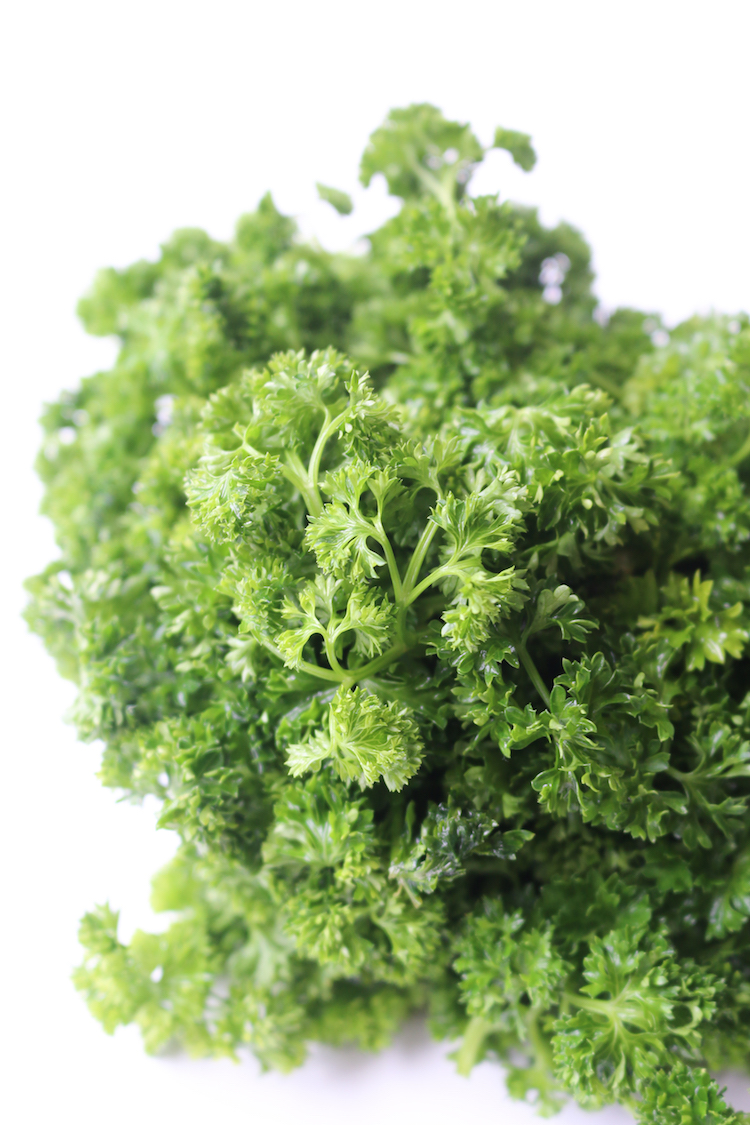
Parsley Recipes
Want to learn more ways to use parsley? Check out our favorite recipes here!
WHAT’S YOUR FAV?
What ingredient do you guys want to learn more about? And if you have a favorite way to eat parsley, tag @livesimplynatural or #livesimplynatural so the LSN community can get inspired by your dish too :)
Hugs,


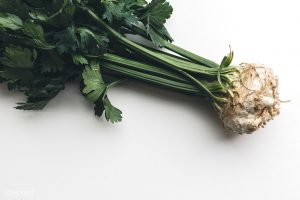
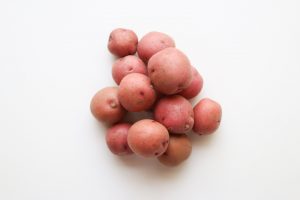
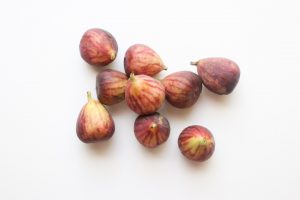
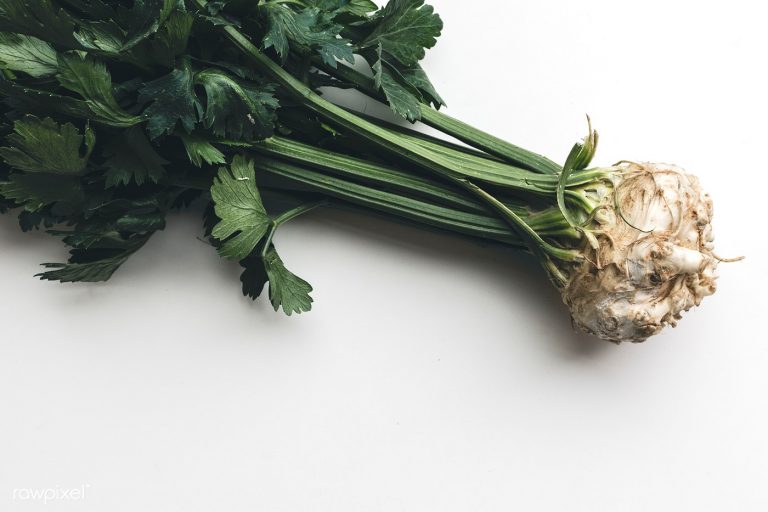
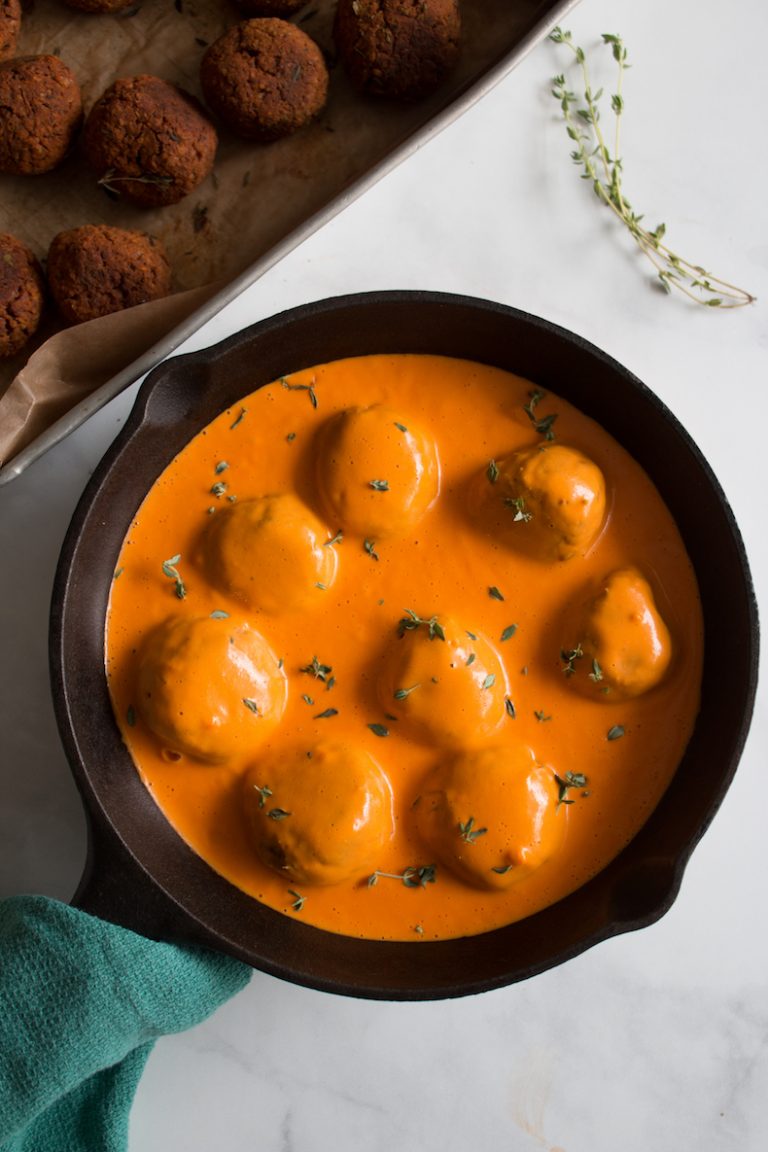
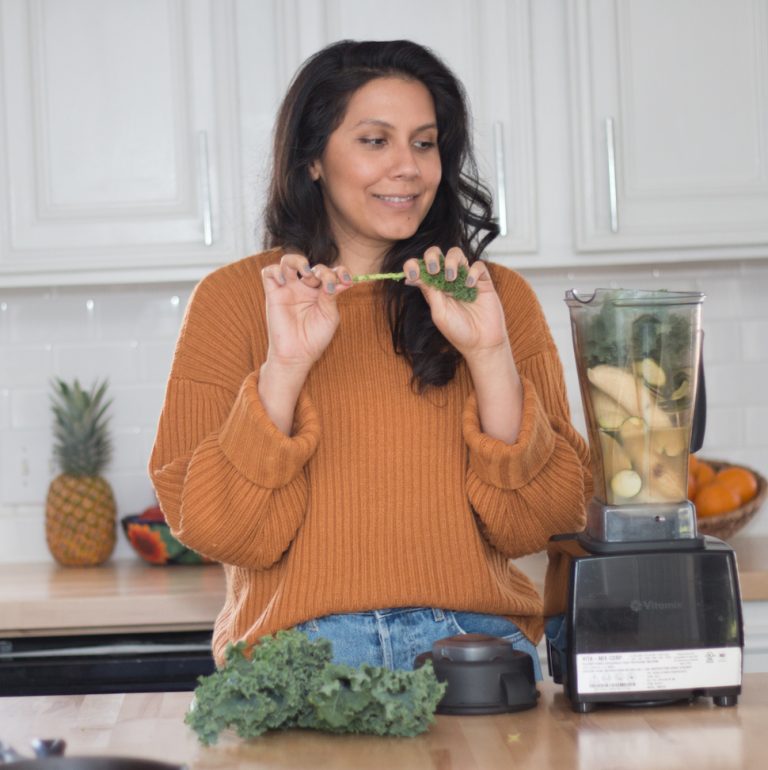
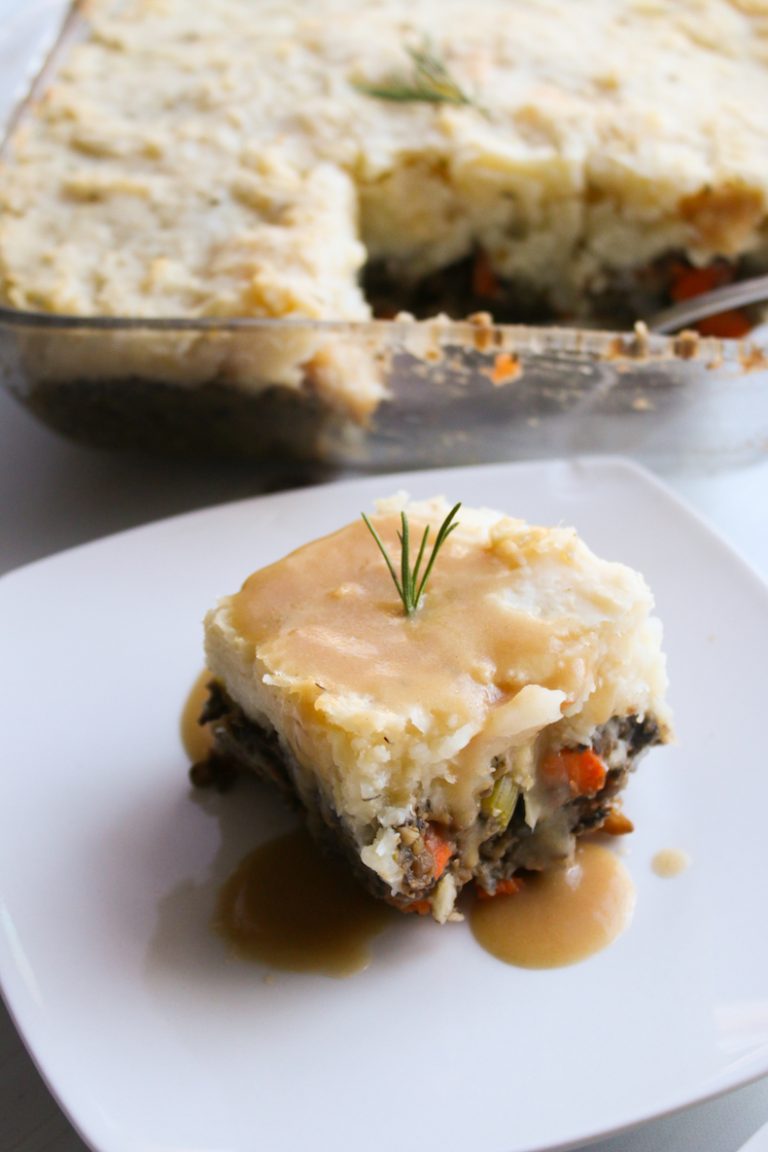
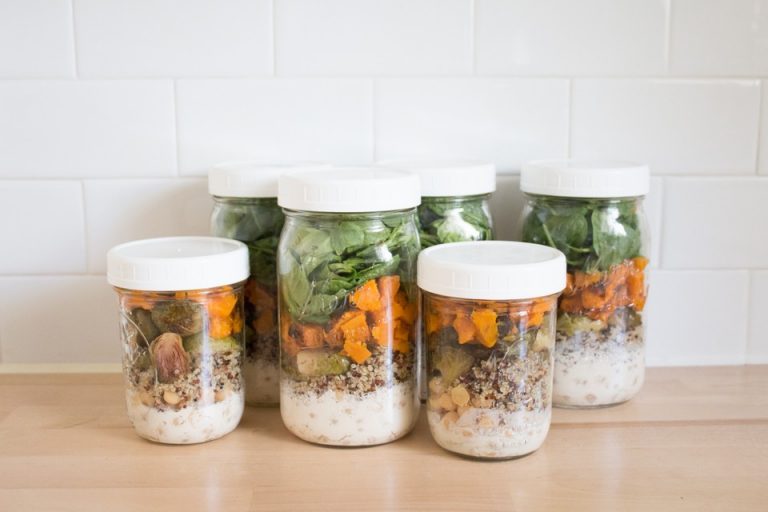


2 Comments